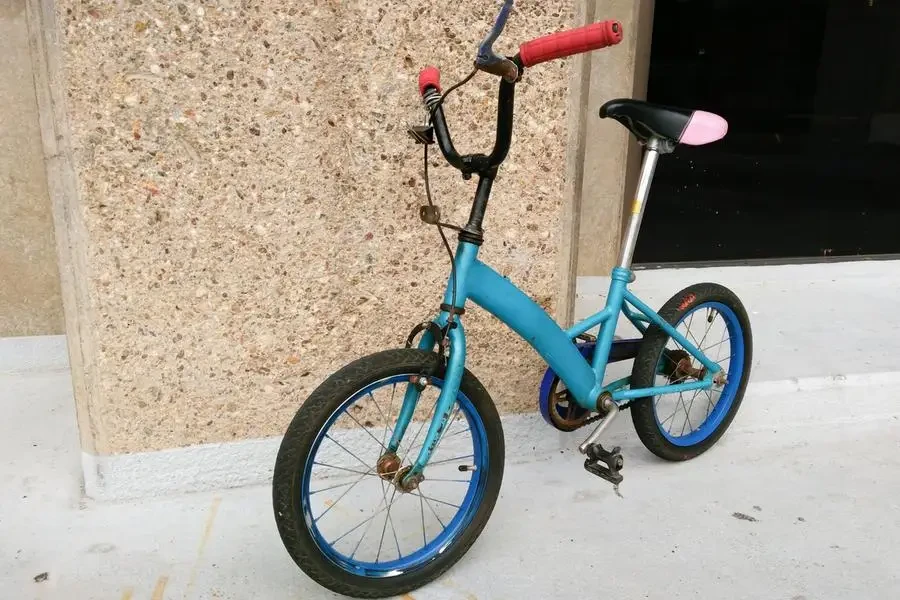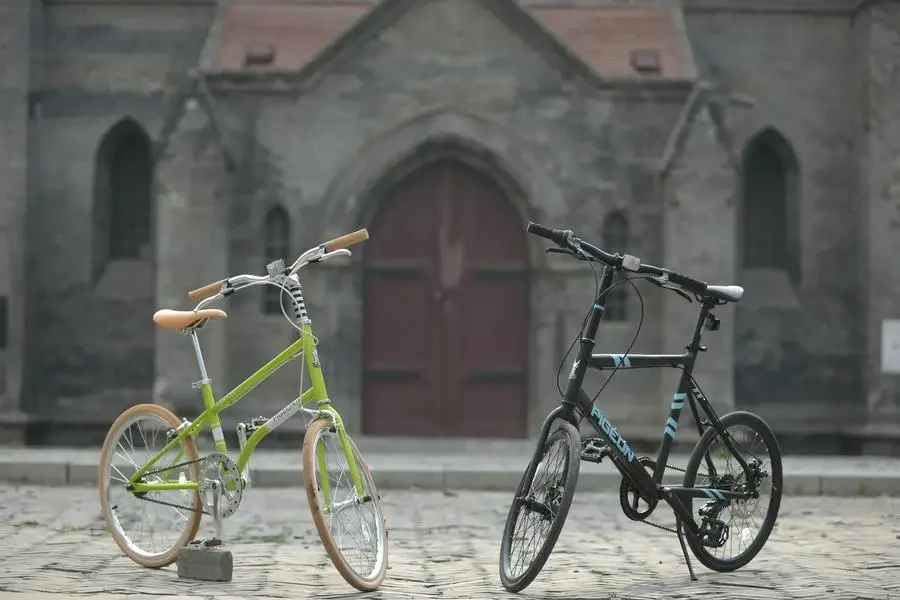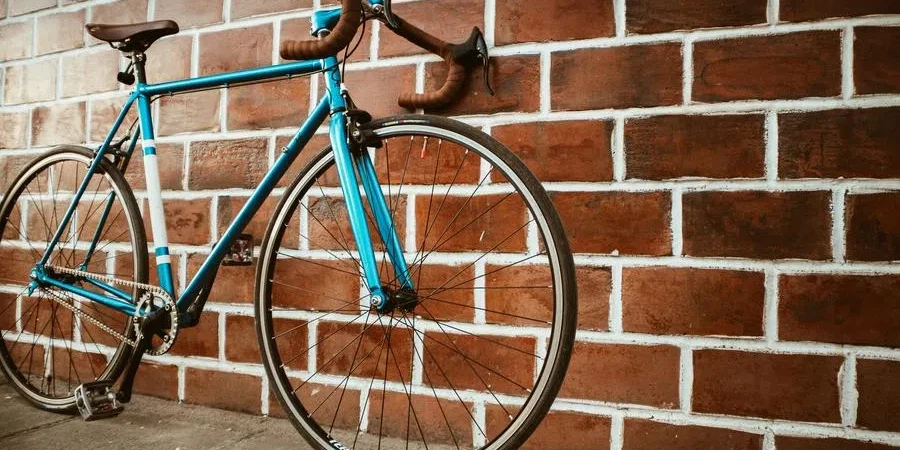A cycling journey is a world of freedom, fitness and fun. And first-timers who want to get on the road that soon, but are confused about choosing the right bike, they may want to pay attention to what a complete beginner bike should offer. This article is written to break down the essentials and key features of a good beginner bike, so that beginners or their caretakers can have a clear understanding of this category, and save much time on decision-making.
The bike for your journey could be a great friend, because it is a vehicle that accompanies you on almost every bike trip. You’ll want to make the right decision when buying a bike, whether it’s for commuting, exercising or simply riding around enjoying the scenery. Therefore, it’s important to have a good understanding of the essentials and know what to look for.
Table of Contents:
1. Understanding bike types
2. Key features of beginner bikes
3. How to choose the right size
4. Maintenance essentials for longevity
5. Safety and accessories
Understanding bike types

It’s very easy to become overwhelmed by the many types of bikes when first getting interested in cycling. The three dominant categories are road bikes, mountain bikes,and hybrid bikes. Road bikes. These are the bikes you might picture someone riding at the Tour de France.Very thin wheels, lightweight frame, and optimised for travelling on the road. Mountain bikes. These are the bikes you’ll see people riding off-road: rugged frames with wide wheels. Hybrid bike. This is the bike I started with. A cross between a mountain bike and a road bike. The frame is closer to a mountain bike, but the wheels are thinner to provide some speed.
Key features of beginner bikes

Good beginner bicy in particular that make learning easier. First, they that promotes an upright riding position, rather than rider forward and places and shoulders. Second, discerning good frames stuff can be trickyner bike should be reasonably of shrugging off a few bumps and falls. Finally, they should be easy to use: simple drivetrains with few gears and equally few controls, so the rider has less to manage and more time to focus on the ride.
How to choose the right size

There’s no point investing time and money on a bike that doesn’t fit you properly and will leave you feeling uncomfortable and possibly injured. This is especially crucial with women’s bikes since attempting to ride a bike that is too big or too small can make pedalling very hard and render riding the bike almost impossible to control. Check the stand over height of the bike which is the vertical distance between the ground and the middle of the top tube while you’re standing over it with the bike. There should be a couple of inches of clearance. Then, while seated on the bike, your feet should touch the ground with a bend in your knee at the lowest point of the pedal. Alternatively, you can go into your local bike shop for a professional fitting.
Maintenance essentials for longevity

Keeping your bike clean is not just about making it pleasant to ride, there are also longer-term benefits to maintaining a clean machine. It is essential to clean a bike after using it in wet or muddy conditions, because doing this regularly will prevent rust and wear. Lubricating the chain and checking tyre pressure before every ride will make your bicycle work better and also make it safer to ride. Having a professional give it a once-over can also help identify and repair issues before they become expensive problems.
Safety and accessories

Safety is crucial. A good helmet might be the difference between a bumped ego and a broken skull if you do happen to tumble. Lights and reflectors will boost your visibility if starting out in the predawn or finishing just before sunset. And a good lock is the best insurance against having your bike pinched. Water bottle cages, a puncture repair kit and a gel seat are guaranteed to make riding more enjoyable, but safety always comes first.
Conclusion
This is the first part of an expert-informed series of articles on how to get into cycling as a beginner. These pieces will help you find the best beginner bike, show you how to set it up for maximum comfort, explain how to care for and maintain it, and will empower you and your buddy to stay safe on the roads. It’s important to remember that you don’t need to be a rocket scientist to start cycling. You don’t need to become a ‘cycling geek’ who can ramble on about chainsets, derailleurs, and handlebar tape. You might decide to be that person, but you don’t have to be. All you really need is the determination to hop on a bike and discover the fun, health benefits, and freedom that go hand in hand with cycling. A well-chosen bike is the perfect launchpad to get you rolling. You could ride a cheap bike you already own, which is perfectly fine if you want to dip your toe into the world of cycling. However, you will increase the chances of enjoying cycling if you start with a bike that is comfortable. Buying a good-enough bike is an investment in the long-term enjoyment of the sport.




